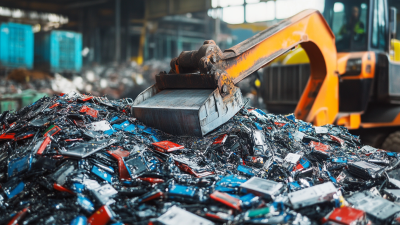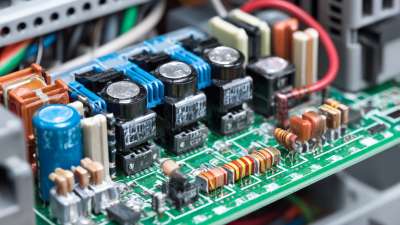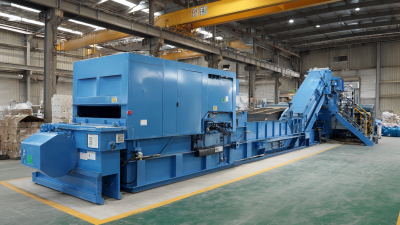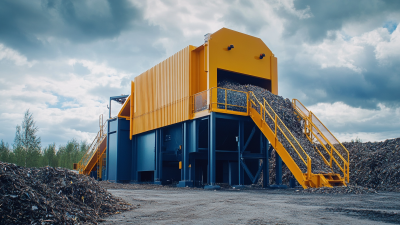In an era where sustainability and environmental responsibility are paramount, the need for innovative solutions in waste management has never been more pressing. The emergence of the Scrap Battery Shredder is a game changer in the recycling industry, effectively addressing the challenges posed by the increasing accumulation of discarded batteries. These shredders not only streamline the recycling process by efficiently breaking down batteries into manageable components, but they also enhance the recovery of valuable materials such as lithium and cobalt, crucial for the production of new batteries. As we delve into the transformative impact of Scrap Battery Shredders, we will explore essential tips and strategies for integrating this technology into current waste management systems, ensuring a cleaner, greener future. The combination of digital advancements and mechanical innovation is paving the way for a revolution in recycling, making it imperative for stakeholders to embrace these changes for a sustainable tomorrow.
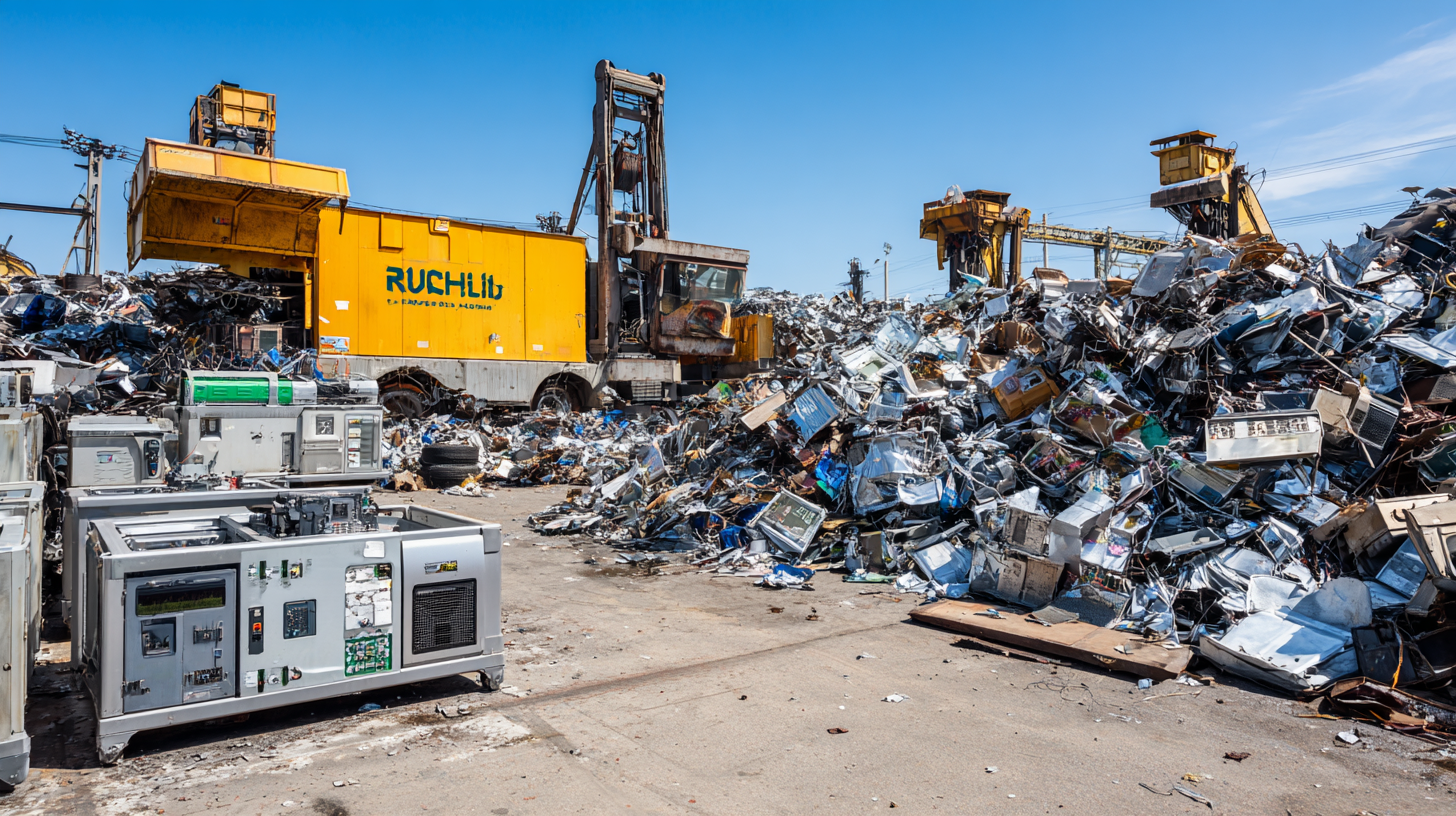
Scrap battery shredders play a pivotal role in enhancing recycling processes, significantly transforming the landscape of waste management within the battery recycling industry. According to a report by Future Market Insights, the global battery recycling market is set to reach USD 18.8 billion by 2030, with a CAGR of 10.5% from 2020. This growth underscores the critical need for efficient recycling technologies, particularly in response to the rising volume of spent batteries resulting from the increased use of electric vehicles and energy storage systems.
The use of advanced scrap battery shredders streamlines the extraction of valuable materials such as lithium, cobalt, and nickel from defective or end-of-life batteries. These shredders break down batteries into uniform particles, which increases the efficiency of subsequent material recovery processes. Research indicates that shredding can increase the recovery rates of valuable metals to over 90%, compared to traditional methods that often yield much lower returns. This efficiency not only enhances the profitability of recycling operations but also significantly reduces the environmental impact associated with battery disposal, making scrap battery shredders an essential component in the transition towards sustainable waste management practices.

The surge in demand for battery recycling technologies has become a focal point in the transformation of waste management practices. According to a report by the International Battery Recycling Association, the global battery recycling market is anticipated to reach USD 23.6 billion by 2027, growing at an impressive CAGR of 12.5% from 2020. As electric vehicle adoption escalates, the urgent need for effective recycling methods becomes evident, as lithium-ion batteries contain valuable materials like lithium, cobalt, and nickel that can be recovered and reused.
To fully harness the potential of battery recycling, operators are turning to advanced scrap battery shredders. These machines not only streamline the recycling process but also enhance the separation of metals, improving overall efficiency. A recent study revealed that shredding battery waste can increase material recovery rates by up to 90%, significantly reducing environmental impact. This shift towards innovative technologies in recycling is imperative in fostering sustainable practices within the industry.
**Tip:** To maximize your recycling efforts, ensure that batteries are correctly sorted and stored before sending them for processing. Proper handling can significantly enhance recovery rates and support the sustainability goal of minimizing hazardous waste in landfills.
**Tip:** Stay informed about local and national regulations surrounding battery disposal and recycling. Compliance with these regulations not only contributes to safer waste management but also opens up avenues for potential funding or incentives in some regions.
| Year | Market Size (in Billion $) | Growth Rate (%) | Key Drivers |
|---|---|---|---|
| 2021 | 5.2 | 8.5 | Increased awareness, Regulatory policies |
| 2022 | 6.1 | 17.3 | Rising EV adoption, Technological advancements |
| 2023 | 7.2 | 18.0 | Investment in recycling infrastructure |
| 2024 | 8.5 | 18.1 | Global sustainability initiatives |
| 2025 | 10.0 | 17.6 | Circular economy trends |
Innovations in battery shredding technology are significantly boosting the efficiency and viability of recycling operations in the waste management sector. Recently, advancements like the 6,000-horsepower shredding plants have enhanced processing capabilities, meeting the increasing demand for recycling electric vehicle (EV) batteries. The focus on emission control systems ensures that such operations not only manage waste effectively but also adhere to environmental standards.
One notable breakthrough is the directional recycling technology, achieving a staggering 99.6% recovery rate for critical battery materials. These innovations are essential as the shift towards lithium-ion batteries intensifies, highlighting the need for efficient recovery processes. As companies navigate diverse battery chemistries, the introduction of high-purity lithium recovery techniques showcases the industry's shift towards more sustainable practices.
Tips: When implementing battery recycling processes, consider investing in advanced shredders equipped with the latest emission controls to boost efficiency and comply with regulations. Also, keep abreast of emerging technologies and partnerships that focus on purity recovery, as these will likely enhance your operational effectiveness in the evolving recycling landscape.
The increasing prevalence of electric vehicles and portable electronics has led to a surge in lithium-ion battery usage, posing a significant environmental challenge in waste management. In response, the introduction of advanced scrap battery shredders has emerged as a crucial solution to mitigate hazardous waste. According to a report from the International Energy Agency (IEA), global battery recycling must scale up significantly, as only about 5% of lithium-ion batteries are currently recycled properly. Efficient shredding processes effectively separate valuable materials while minimizing the risk of hazardous leaks.
These shredders not only enhance the recycling efficiency but also play a vital role in reducing environmental contamination. A study by the U.S. Department of Energy indicates that recycling batteries can prevent the emission of over 30 million tons of CO2 equivalent annually, illustrating the potential for impactful waste management strategies. By ensuring that toxic materials like lead, nickel, and cobalt are securely processed, scrap battery shredders contribute to a more sustainable lifecycle for batteries and support the circular economy. This technology is transforming not only how we manage electronic waste but also how we think about recycling as a necessary component of environmental stewardship.
The global lithium-ion battery recycling market is set to skyrocket from $3.79 billion in 2023 to an impressive $23.21 billion by 2032, highlighting a compound annual growth rate (CAGR) that underscores the economic potential of battery material recovery. This boom not only addresses the looming material scarcity exacerbated by increasing electric vehicle production, particularly in rapidly developing economies such as China, but also emphasizes the dual benefits of cost savings and revenue generation within waste management systems. Advanced technologies are paving the way for innovative recycling processes that can turn spent batteries into valuable resources, creating a profitable model for businesses involved in the recycling supply chain.
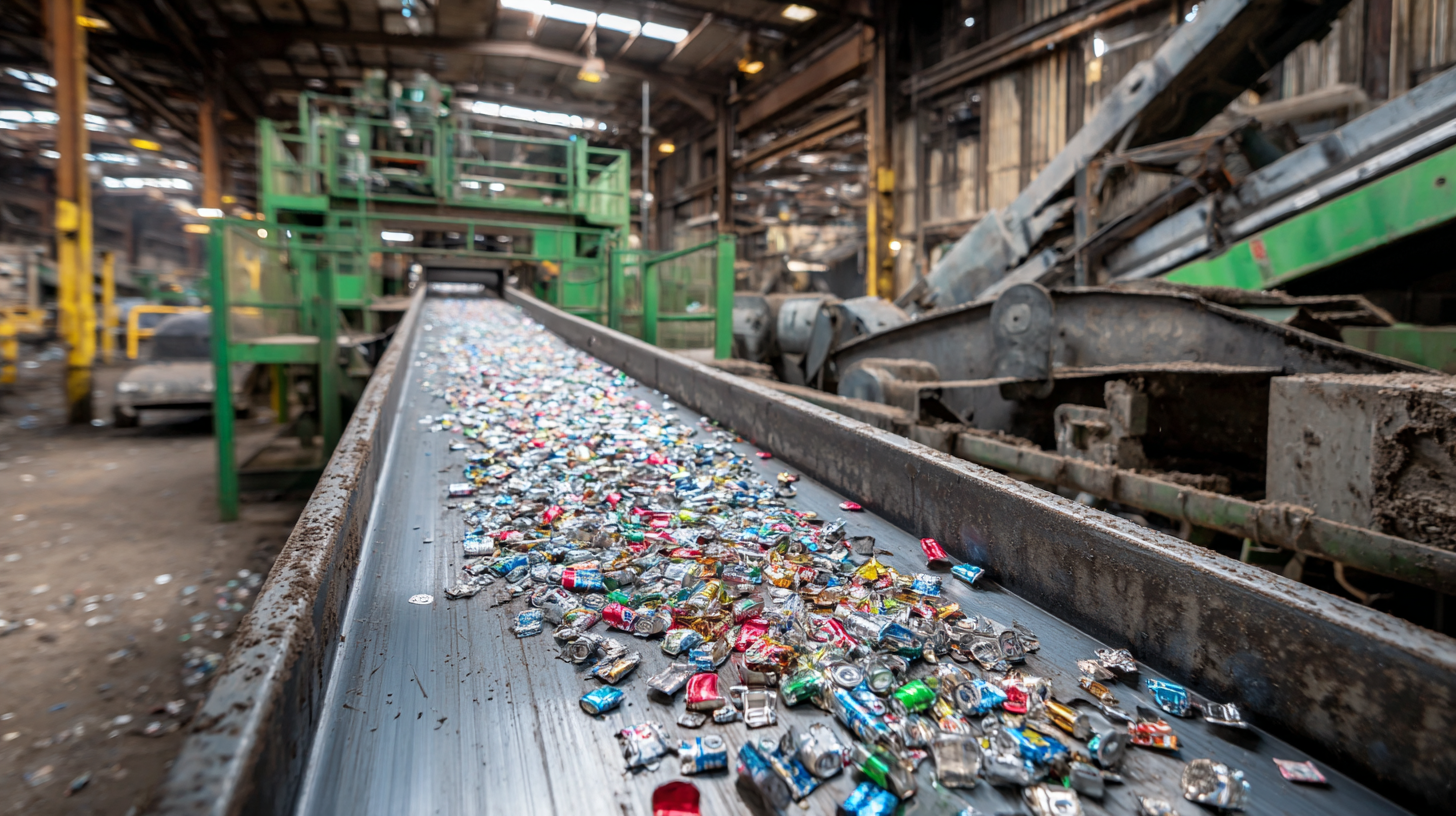
Tips: To maximize revenue from lithium-ion battery recycling, businesses should consider investing in modern shredding and recovery technologies, which enhance the efficiency of material recovery. Additionally, companies in emerging markets can explore partnerships with local governments to align their recycling operations with national environmental goals, potentially unlocking funding and support.
Ultimately, the economic viability of recycling lithium-ion batteries is not just beneficial for individual companies but is crucial for achieving carbon neutrality and promoting a circular battery economy. By prioritizing effective waste management strategies, industries can contribute to both environmental sustainability and economic resilience in the face of rising lithium-ion battery demand.
